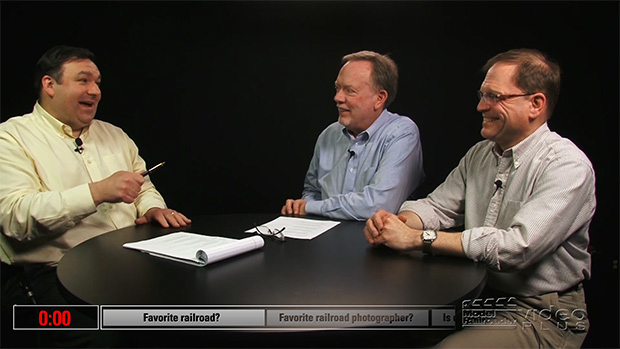
Having trouble viewing this video? Please visit our Video FAQ page Classic Trains editor Rob McGonigal and former Trains magazine publisher Kevin Keefe join Hal Miller for episode 7 of The Roundhouse. Topics for discussion include bankrupt railroads, best railroad photographers, and whether or not Amtrak can ever be considered cool. […]
Read More…
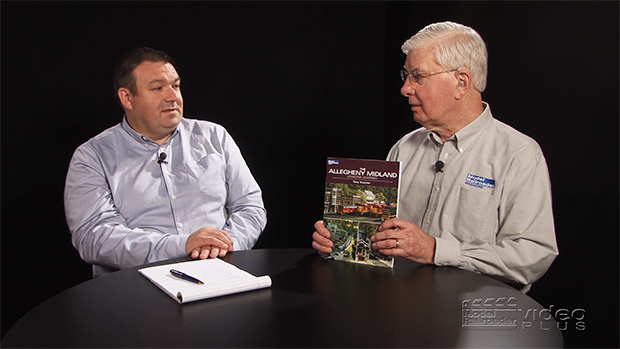
Having trouble viewing this video? Please visit our Video FAQ page Hal Miller hosts a single-stall edition of his show with Model Railroader magazine contributing editor Tony Koester. This time the conversation centers on Tony’s Allegheny Midland HO scale layout and its various iterations that appeared in numerous Model Railroader magazine features and Kalmbach […]
Read More…

Having trouble viewing this video? Please visit our Video FAQ page Hal Miller hosts a single-stall edition of his show with Model Railroader magazine contributing editor Tony Koester. This time the conversation centers on Tony’s Allegheny Midland HO scale layout and its various iterations that appeared in numerous Model Railroader magazine features and Kalmbach […]
Read More…
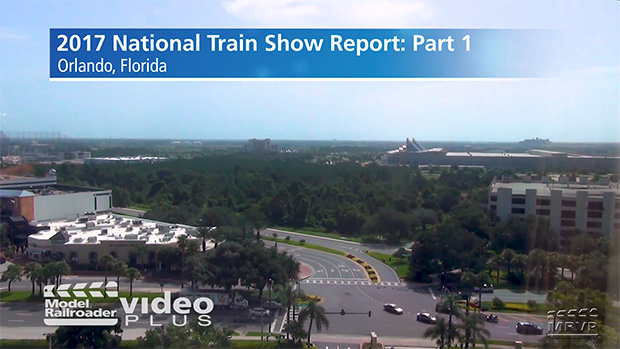
Model Railroader magazine and MR Video Plus bring you an exclusive look at the 2017 National Train Show in Orlando, Fla. In part 1 you’ll see exciting new locomotives, rolling stock, and other model train products from Walthers, Athearn, MTH, Atlas, East Coast Circuits, and Peco. Model Railroad Planning editor Tony Koester also provides highlights […]
Read More…

Model Railroader magazine and MR Video Plus bring you an exclusive look at the 2017 National Train Show in Orlando, Fla. In part 1 you’ll see exciting new locomotives, rolling stock, and other model train products from Walthers, Athearn, MTH, Atlas, East Coast Circuits, and Peco. Model Railroad Planning editor Tony Koester also provides highlights […]
Read More…
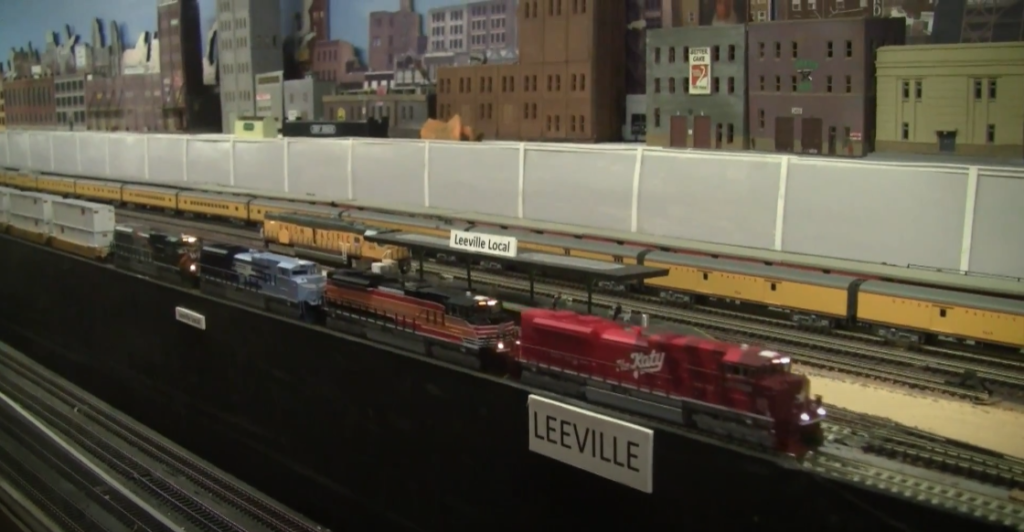
This video, filmed at the NMRA Australasian Region Div 7 meeting in March 2017, features Jeff Lee’s N scale layout. […]
Read More…
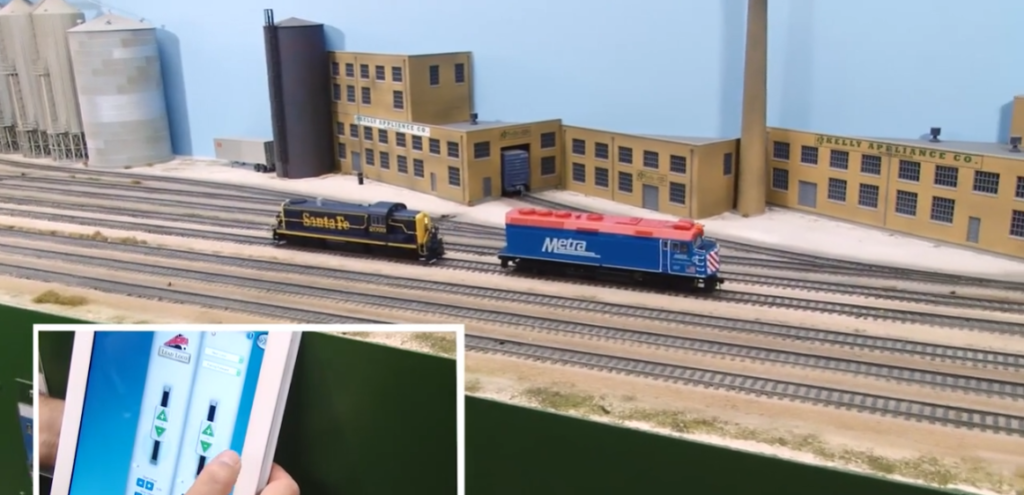
BlueRail Trains offers control boards that use bluetooth technology to wirelessly control model trains via a tablet or smartphone. The BlueRail Trains app has now been updated to include consisting and speed matching functionality. Check out this quick demo with Model Railroader senior editor Dana Kawala. Be sure to also check out the other BlueRail […]
Read More…
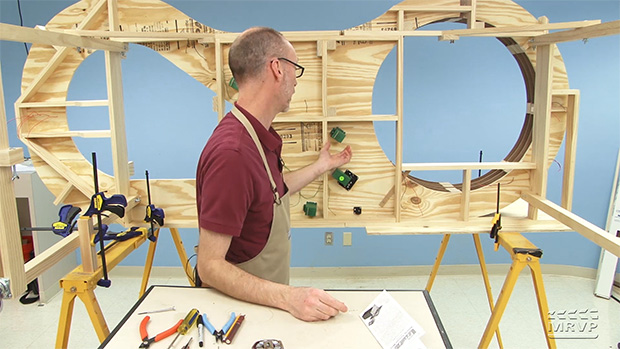
Having trouble viewing this video? Please visit our Video FAQ page When essential framework under our Canadian Canyons N scale project layout prevented us from installing a Tortoise motor in the standard configuration, David opted for a nifty alternative solution. In this video David shows how to use a Remote Tortoise Mount to situate […]
Read More…
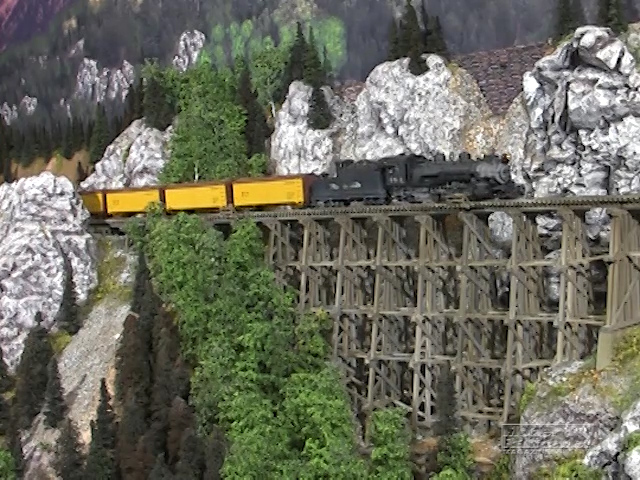
Having trouble viewing this video? Please visit our Video FAQ page Bob Hamm’s HOn3 Iron Gorge Subdivision features scenes inspired by real life along the Denver & Rio Grande Western and Rio Grande Southern through southwestern Colorado. Watch narrow gauge steam locomotives haul freight and passenger trains along this spectacular model railroad. […]
Read More…

Having trouble viewing this video? Please visit our Video FAQ page Bob Hamm’s HOn3 Iron Gorge Subdivision features scenes inspired by real life along the Denver & Rio Grande Western and Rio Grande Southern through southwestern Colorado. Watch narrow gauge steam locomotives haul freight and passenger trains along this spectacular model railroad. […]
Read More…
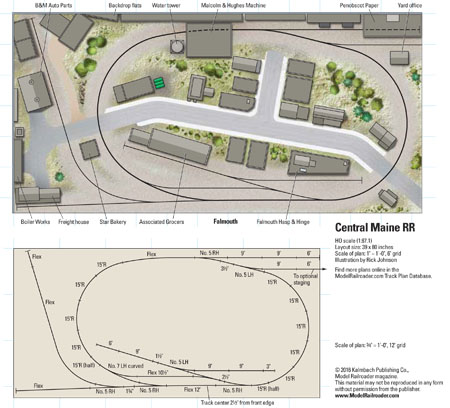
Name: Central Maine RR Layout owner: Paul Boehlert Scale: HO (1:87.1) Size: 39 x 80 inches Locale: inspired by Portland, Maine Era: late 1960s Style: island Mainline run: 15 feet Minimum radius: 15″ Minimum turnout: no. 5 Maximum grade: none This track plan originally appeared in the September 2016 Model Railroader. Click on the link […]
Read More…
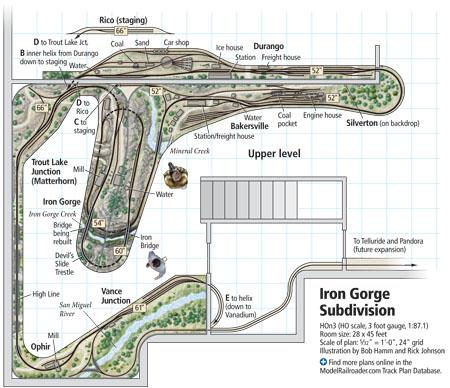
Name: Iron Gorge Subdivision Layout owner: Bob Hamm Scale: HOn3 (HO scale, 3-foot gauge) Size: 28 x 45 feet Prototype: Denver & Rio Grande Western and Rio Grande Southern Locale: Durango to Montrose, Colo. Era: 1938 to 1942 Style: multilevel walk-in Mainline run: 400 feet Minimum radius: 22″ Minimum turnout: no. 4 Maximum grade: 3 […]
Read More…









